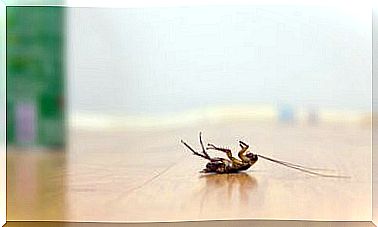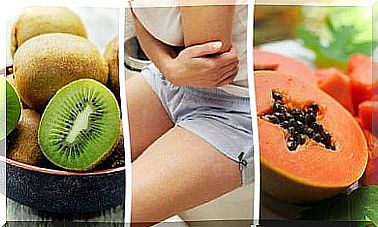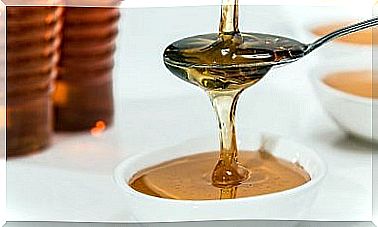Is It Dangerous To Remove Mold From A Food And Eat The Rest?
Eliminating mold from a food and consuming the unaffected part is a very widespread custom due to the risk involved. Removing the moldy parts does not guarantee that the toxins present in the product will be eliminated. Since they could trigger disease or poisoning.
Only firm and dry food can be consumed after removing the contaminated part. However, those soft and wet should be discarded completely given this situation.
In this way, you should not eat jams, nuts, soft fruits, cheeses, bread and pastries. Although cured meat products, firm fruits and vegetables can be consumed. But, when in doubt, it is better to discard the product. Since mycotoxins may have penetrated to the interior and cause intoxication.
Mold or fungal poisonings
This type of poisoning is usually chronic. The toxin accumulates over time in the body itself causing different adverse effects. Some of them may be hepatitis, kidney disease, ergotism, and esophageal cancer. However, it can also be the case of acute poisoning that causes effects shortly after ingestion.
As a general rule, you have to be very careful with mycotoxins. Usually classified as carcinogenic. Also, there are many types of mycotoxins and not all of them are recognized. Some can cause death in short periods of time through acute poisoning. Others, for example, are hallucinogenic in nature.
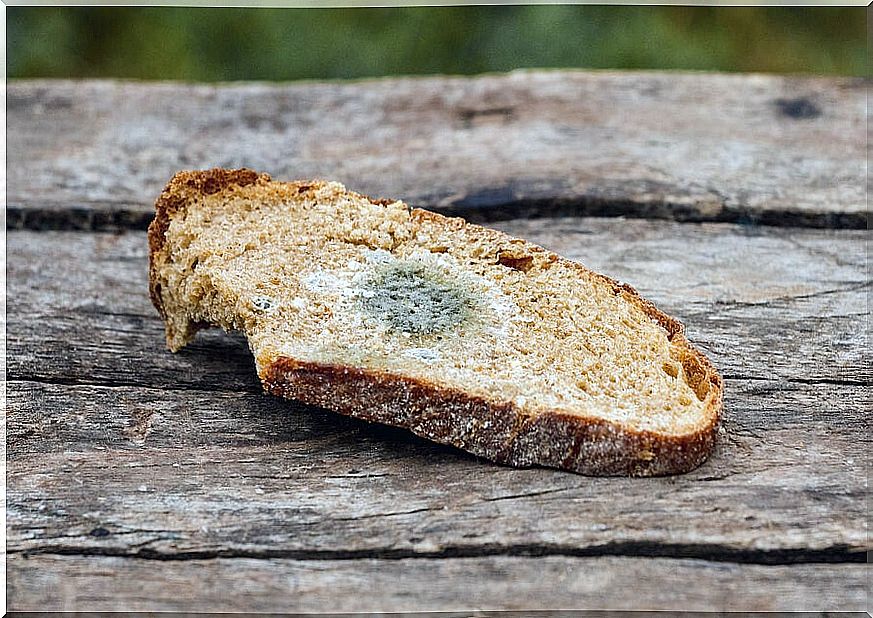
Other critical moments in food hygiene
In addition to the presence of mold on the surface and inside the products, there are other situations that can endanger the consumer. Many of these are related to the consumption of raw meat foods. Since they have not been subjected to the appropriate processes.
For example, consuming raw or rare white fish, without prior freezing, radically increases the risk of contamination with anisakis.
Food defrosting processes are also often critical. Normally, it is recommended to defrost the products in the refrigerator. In this way, optimal temperatures for bacterial growth will be avoided.
In addition, care must also be taken when handling food with cross contamination. The same utensils should not be used to handle raw and cooked foods. Since the microorganisms could be passed from one to another.
How to detect poisoning?
If the poisoning is acute, the symptoms are usually quick and clear. In general, this type of poisoning causes gastrointestinal problems. Diarrhea, nausea and vomiting are the most frequent situations.
In this type of situation, it is crucial to guarantee the correct hydration of the patient to avoid greater ills. Solid food intake should be suspended until symptoms cease. From here, a soft diet is started and fatty foods are gradually introduced.
If the poisoning is chronic, as in the case of mycotoxins, its detection becomes more complicated. The manifestations are often hepatic in nature. These are complicated and require pharmacology for their treatment. In some cases, certain types of cancer can even develop.
In this way, the only way to avoid this type of situation is prevention. If we suspect that a food may be contaminated, or if it has mold and we do not know if it is enough to remove it, it is best to discard the product.
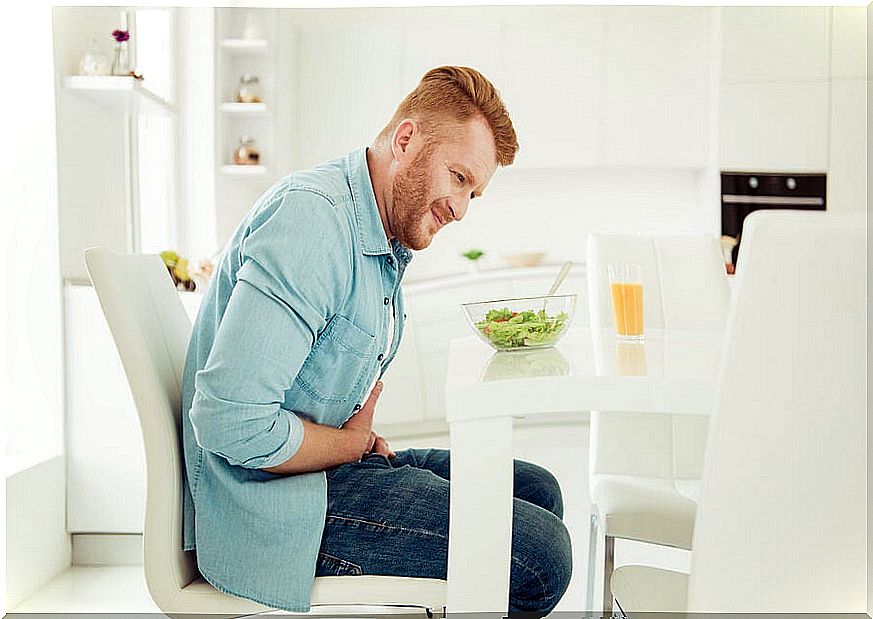
Conclusion on removing mold and consuming food
There are foods in which it is possible to remove the mold from the surface to later consume the product. They are usually dry foods, with little amount of moisture or water. However, in most products, the ideal is to avoid consumption if there is any type of mold.
Mycotoxins could have penetrated into the product. Sometimes causing acute or chronic poisoning from accumulation. It is necessary to be very meticulous with food hygiene to avoid major problems. In this way any risk will be avoided.
Acute poisonings can be identified and treated relatively quickly. However, in the case of chronic poisoning, the consequences can be fatal at the organic level. You can have liver problems and even develop certain types of cancer.

